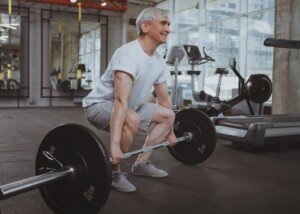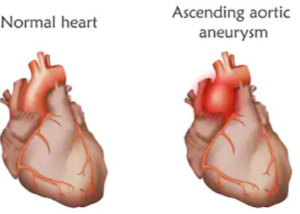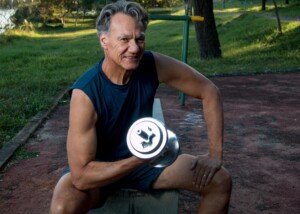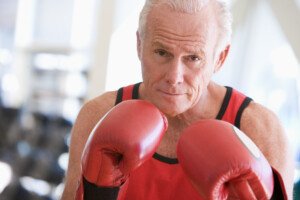
See what aortic repair surgeon, Dr. John Elefteriades, has to say about heavy bag workouts and aneurysms.
When a person is diagnosed with an aortic aneurysm, he or she is warned to avoid exercise of a heavy or straining nature, because this will cause a significant rise in blood pressure—which can increase the odds of an aortic dissection.
But where do heavy bag workouts fit in?
Patients with aortic aneurysm are encouraged to do cardio exercise, but there is very little data on just what the limitations for aerobic activity should be.
Are heavy bag workouts safe (for people with an aortic aneurysm)?
“Not for patients with thoracic aortic aneurysm,” says John A. Elefteriades, MD, William W.L. Glenn Professor of Surgery, and Director, Aortic Institute at Yale-New Haven, New Haven, CT.
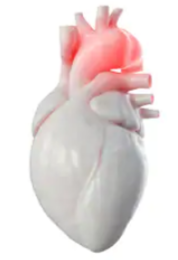
Thoracic aortic aneurysm. Shutterstock/Sebastian Kaulitzki
I was surprised at this answer because a heavy bag workout does not involve any lifting at all; one simply throws punching and kicking techniques at a heavy bag.
The increase in blood pressure, during cardio activity, is typically modest.
Some patients do have a hypertensive response to cardio (this can be determined with special testing), but my question applied to athletes in general who learn they have an aortic aneurysm, yet would like to kick and punch at a heavy bag.
Dr. Elefteriades elaborated: “I have a heavy bag myself. My concern stems from the fact that the impact has to be born by the body as a whole, and the torso, in some way.
“I am being cautious in my recommendation. I do not know any direct way to test this exercise, in terms of its immediate and momentary potential to raise blood pressure to dangerous levels.”
There are blood pressure monitors on the market that a person can wear on the arm or wrist that will record blood pressure during exercise.
But these will not be as accurate as a blood pressure test given in a formal, medical setting with more sophisticated equipment.
Perhaps what a person, with an aortic aneurysm, can do, is par back on fierce striking of the heavy bag.
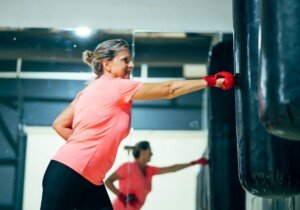
Shutterstock/Oscar Carrascosa Martinez
Rather than focus, for example, on 10 all-out, as-hard-as-possible uppercuts, the athlete can go for duration more than speed and power—doing moderate-intensity uppercuts or crosses for several minutes. The same principle can be applied to kicking.
Though abdominal and descending aortic aneurysms are associated with older age, younger or middle-aged adults are more likely to be diagnosed with an ascending aortic aneurysm.
Because the vast majority of aortic aneurysms do not produce symptoms, many people do not know they have these, and usually, they are discovered by accident via imaging for an unrelated concern.
Thus, the prevalence of non-symptomatic aortic aneurysm is not known.
If patients wish to work out with a heavy bag, they should first consult with their cardiologist.
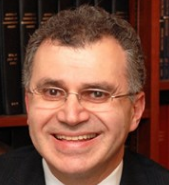
Formerly the chief of cardiothoracic surgery at Yale University and Yale New-Haven Hospital, Dr. Elefteriades is working on identifying the genetic mutations responsible for thoracic aortic aneurysms. He is the author of over 400 scientific publications on a wide range of cardiac and thoracic topics.
 Lorra Garrick is a former personal trainer certified by the American Council on Exercise. At Bally Total Fitness she trained clients of all ages for fat loss, muscle building, fitness and improved health.
Lorra Garrick is a former personal trainer certified by the American Council on Exercise. At Bally Total Fitness she trained clients of all ages for fat loss, muscle building, fitness and improved health.
.

